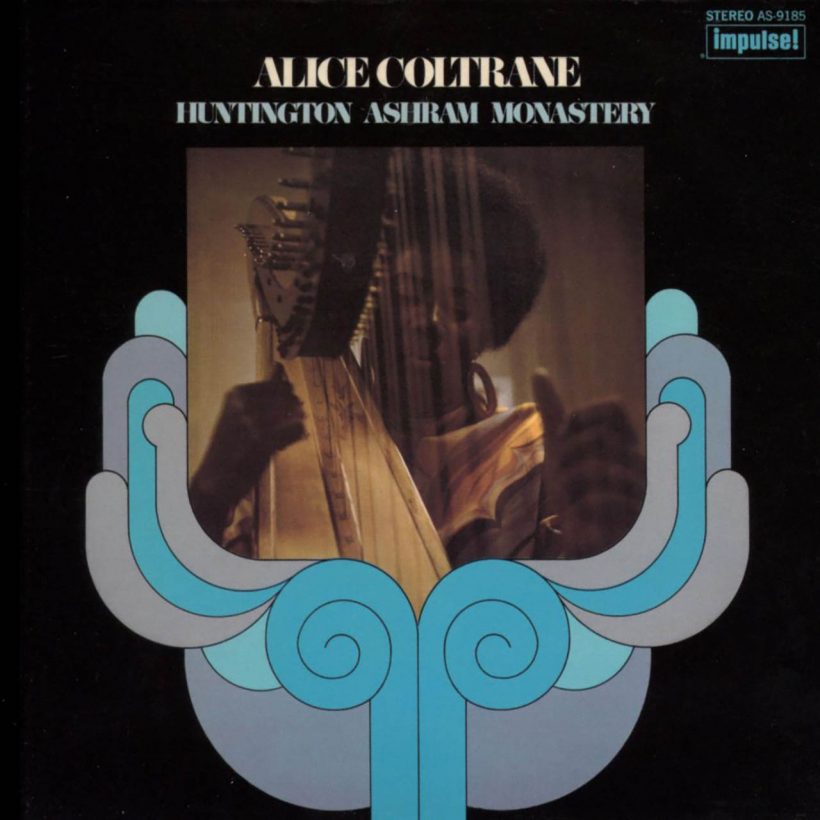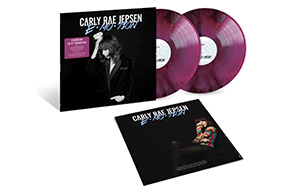‘Huntington Ashram Monastery’: A Pivotal Alice Coltrane Album
The album was a formative step in crafting a sound unheard of in jazz’s history.

Alice Coltrane’s daughter, Sita Michelle, has described the feeling of waking up to the sounds of her mother’s harp. “I once remember lying in my bed waiting to go to school, and I woke up to this beautiful harp music just filling the house. And I thought ‘wow, if heaven is like this, then I’ll be certainly ready to welcome it when I get my chance.'”
The harp entered the family’s household shortly after John Coltrane’s untimely passing in 1967. John had ordered the instrument and died before its arrival, leaving Alice with an unexpected vehicle for expanding her musical explorations to an even more transcendental, meditative place.
Listen to Alice Coltrane’s Huntington Ashram Monastery now.
Alongside her debut, Alice’s second solo album, Huntington Ashram Monastery, released by Impulse! in 1969, is a terrific display of this new dynamic. With Rashied Ali on drums and Ron Carter on bass, the trio crafted a fascinating document of Coltrane’s progression toward the intense spirituality of her later records.
On the first three tracks, through the near-constant glissandos of Coltrane’s harp and the hypnotic basslines of Carter, we hear an increasingly numinous tone. But as we enter the second half of the album, the tone shifts; Coltrane has substituted the mesmeric tones of her harp for the more familiar timbre of the piano. Her playing is loose, emphatic, and free-flowing, often recalling another great collaborator of her husband, McCoy Tyner.
Despite the current appreciation for Alice Coltrane’s solo work, Huntington Ashram Monastery wasn’t always so well-loved. Indeed, respected jazz outlets dismissed Coltrane as an unworthy torch-bearer for her late husband’s enormous legacy. To many critics, the fiery tones of John Coltrane had been replaced by something tamer and mono-dimensional. Where A Love Supreme was “passionate,” “groundbreaking,” and “multi-faceted,” works like A Monastic Trio and Huntington Ashram Monastery were considered pale imitations, drowning in a sea of spacey, impressionistic harp playing. “Her albums… often come across as soft-headed and incoherent rambling… one wonders if she would have enjoyed any attention at all if she had remained plain Alice McCleod,” wrote one critic.
Thankfully, these outdated perspectives have faded, particularly following the widespread success of later albums like Journey in Satchidananda and Ptah The El Daoud. And while Huntington Ashram Monastery may never be hailed as Coltrane’s crowning achievement, it is less a final destination and more an example of a boundary-pushing artist charting a path toward transcendent heights. Despite the close-minded denunciations of the music press, Huntington Ashram Monastery was a formative step in crafting a sound unheard of in jazz’s history.













